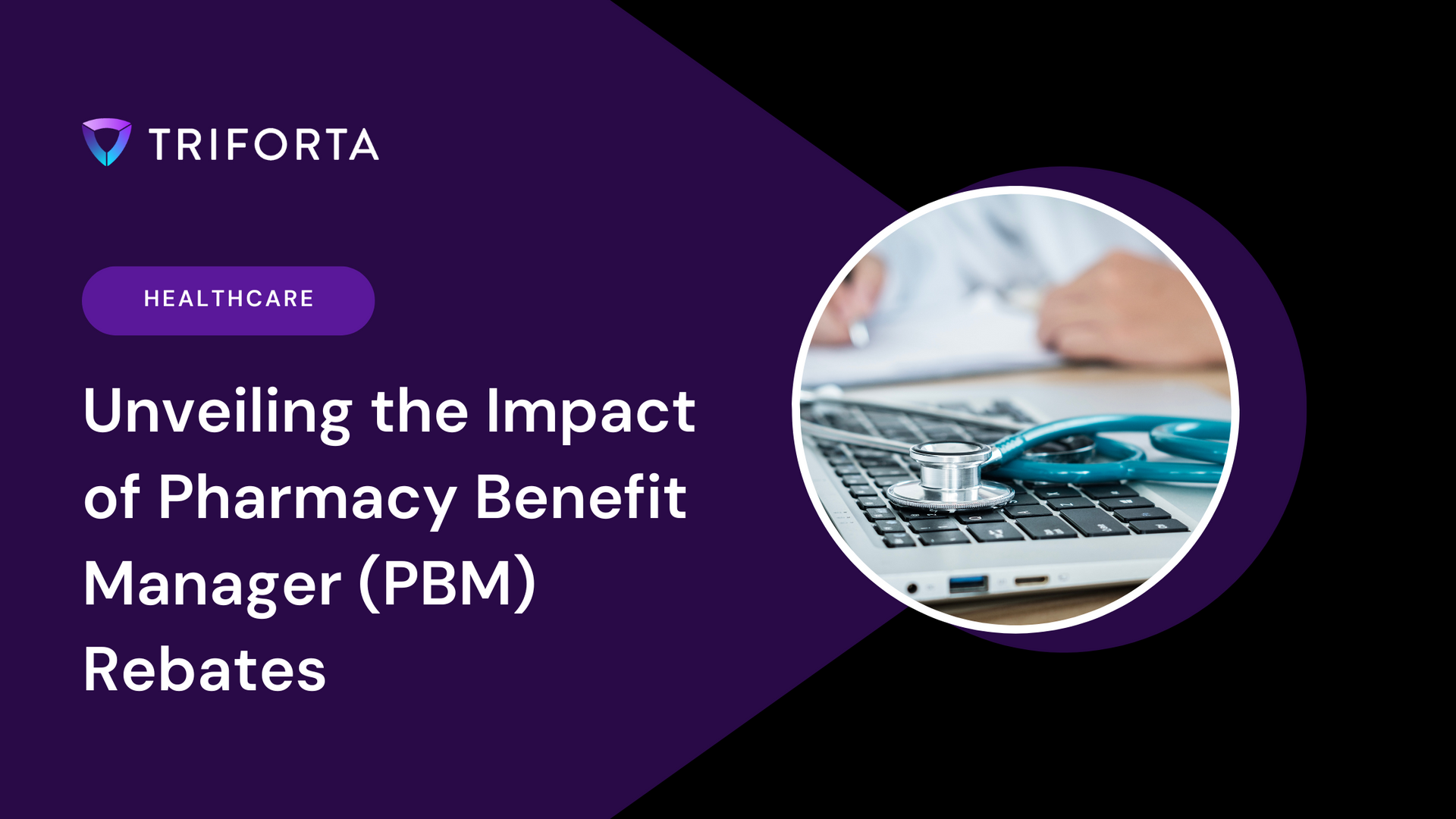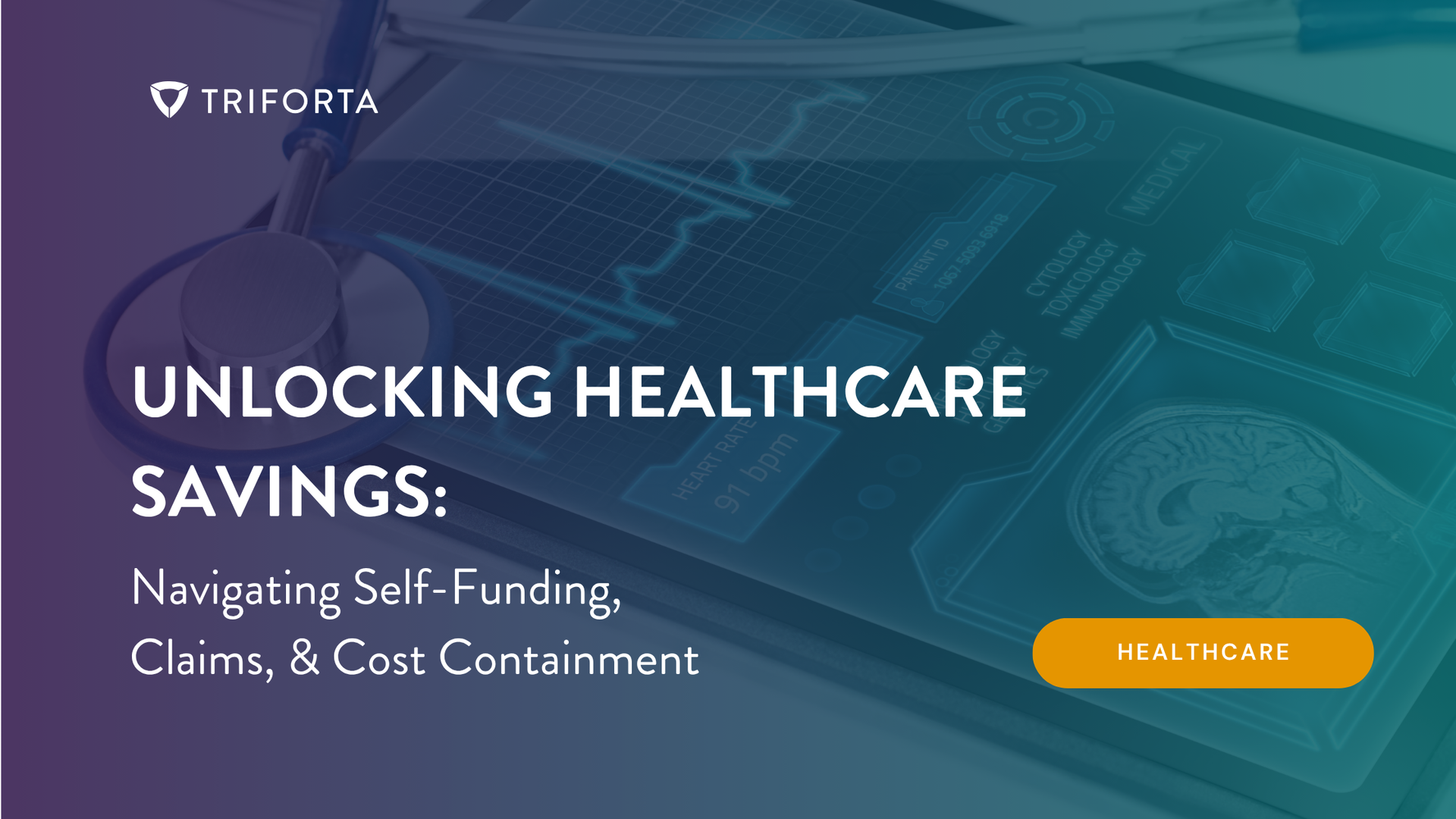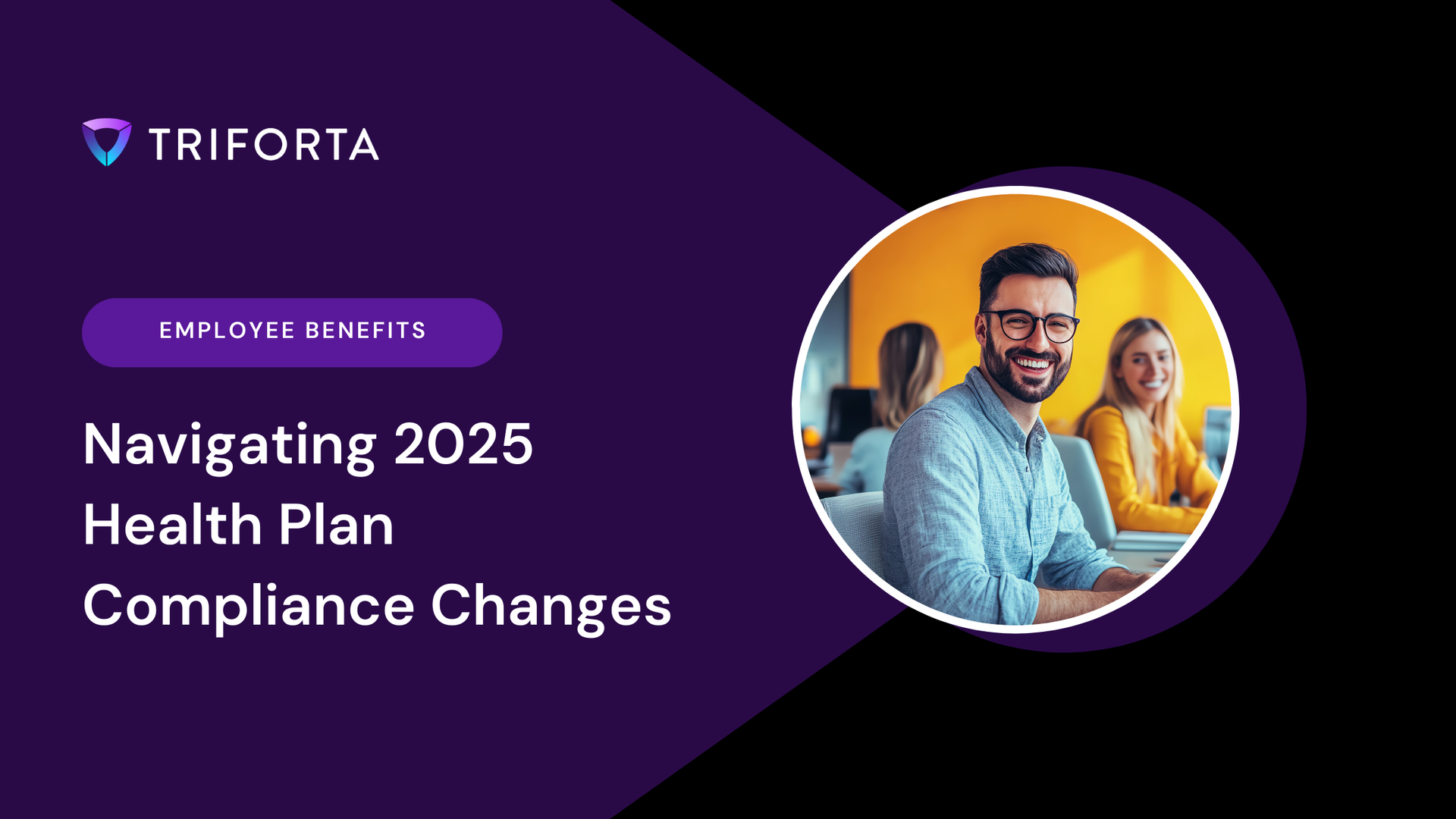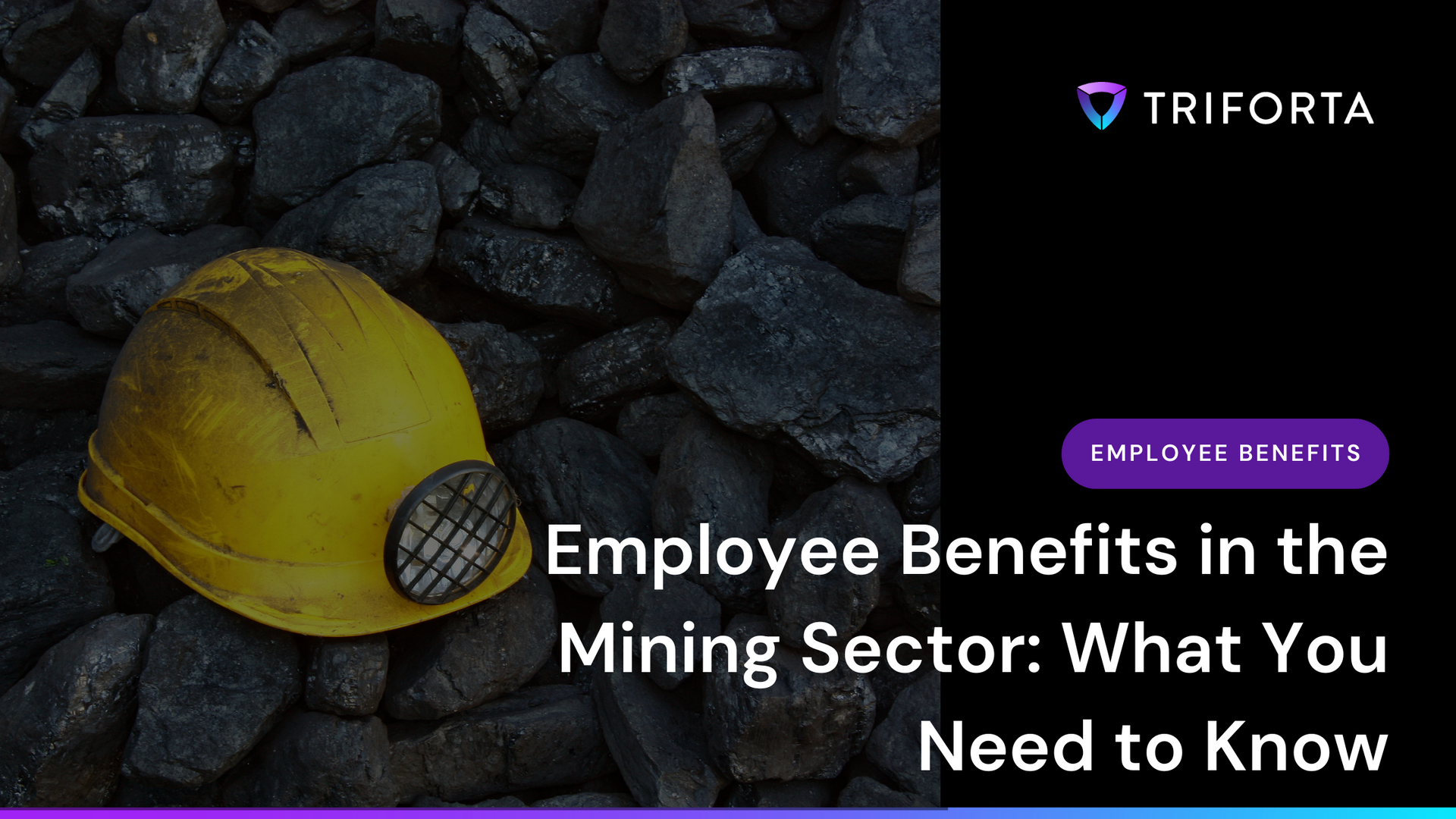2025 HR Trends: Inflation, Mental Health, Workers' Comp
Staying informed about workers' compensation insurance, inflation, mental health, marijuana, and workforce demographics is crucial for HR professionals. These trends significantly affect the 2025 market outlook. Let’s explore these key factors to help your company prepare.
We’ll look at medical and wage inflation, discuss employee mental health, and the evolving legality of marijuana. We’ll also cover how shifting workforce demographics influence workers’ compensation insurance, tying inflation, mental health, marijuana, and demographic trends to their broader impact.
2025 Workers' Compensation Insurance Market Outlook
The workers' compensation insurance market has enjoyed years of underwriting profits and low claim frequency. However, this may change due to escalating costs.
While rates generally trend downward, uncertainties persist. Medical and wage inflation, mental health, marijuana legalization, and an aging workforce could push up workers’ comp insurance costs.
Inflation Impacts on Workers' Compensation Costs
Inflation affects employer-sponsored health care, thereby influencing workers’ compensation programs. Rising care costs could reach $16,000 per employee in 2025, expanding 5.4% yearly into 2028.
To attract and retain talent, many companies boost wages—further driving up claim expenses and premiums. Despite declining reserves, the precise impact of medical and wage inflation on 2025 insurance renewals remains uncertain. Injury rates also affect claim costs..
Unsure how wage inflation will affect your premiums? Get a consultation with Triforta to make data-driven decisions for your 2025 renewals.
More Health Plans Qualify for HSAs
All Bronze and Catastrophic plans sold through ACA exchanges now qualify as HDHPs. This expands HSA eligibility to millions and makes your benefit offering more compatible with employees’ existing plans.
Triforta Insight: We can help your team evaluate whether your current health plans align with modern HSA standards.
Addressing Employee Mental Health
Mental health challenges are an increasingly important workplace risk. Employers often deal with legal considerations around mental health legislation and workers' compensation claims.
As states expand workers’ comp to cover work-related mental health issues, the labor supply adjusts. Employee Assistance Program (EAP) usage for mental health services, including intensive outpatient programs (IOP), has surged—especially for those facing high cost-sharing, smaller provider networks, and limited transparency. This poses unique hurdles for companies.
Navigating Marijuana in the Workplace
Marijuana legalization—especially for medical use—is on the rise. Workers' comp systems now address work-related marijuana claims amid changing state laws.
These programs receive federal funding for medical expenses linked to injury recovery. But even with a prescription, medical marijuana clashes with federal prohibition, creating a legal conflict. A Pew Research Center poll shows 74% of Americans support some form of marijuana legalization, highlighting this divide.
Workforce Demographic Shifts and Workers' Compensation
Legislation addressing employee mental health is expanding, with certain states broadening workers’ comp to include mental health coverage. Post-traumatic stress disorder (PTSD) is sometimes included.
Recent labor changes reveal trends employers should address. Older and less experienced employees often face higher risk for occupational illnesses or injuries. The Bureau of Labor Statistics predicts 96.5% growth in workers aged 75+ over the next decade. This increases workplace injury potential and ties into workforce demographics and broader trends.
Navigating Marijuana in the Workplace
Marijuana legalization—especially for medical use—is on the rise. Workers' comp systems now address work-related marijuana claims amid changing state laws.
These programs receive federal funding for medical expenses linked to injury recovery. But even with a prescription, medical marijuana clashes with federal prohibition, creating a legal conflict. A Pew Research Center poll shows 74% of Americans support some form of marijuana legalization, highlighting this divide.
Practical Tips: Inflation, Mental Health, Marijuana & Workers’ Comp
Companies and leaders can take action now. Those with loss-sensitive workers' compensation plans should emphasize workplace safety and training—given evolving workforce demographics, marijuana legalization, and mental health considerations.
Implementing Effective Safety Programs
Create thorough safety programs for all employees, targeting common risks in a loss-sensitive workers’ comp plan.
Focus on safeguarding older and newer employees, especially in loss-sensitive structures. Consider long COVID’s influence on health concerns.
Training and Digital Solutions
Offer regular workers’ compensation training suited to employees of varying ages and experience levels. Check out digital options like wearable safety tech or AI-powered tools.
Such solutions reduce workplace incidents, streamline injury care, and simplify claim handling.
Monitoring Your Experience Modification Rate (MOD)
Review your Experience Modification Rate (MOD) with the insurer regularly. Understand its direct effect on workers’ comp policy premiums.
Even minor MOD shifts can greatly affect premiums. The claim environment shifts constantly, so consult a workers’ comp expert to avoid unwarranted claim costs.
Wellness Initiatives and Resources
Invest in comprehensive wellness programs addressing chronic health conditions. Improve staff well-being by integrating mental health services.
Providing mental health resources can boost employee mental health and potentially lower future comp claims.
FAQs about Trends To Watch, Inflation, Mental Health, Marijuana, Workforce Demographics, Workers Compensation Insurance
How is inflation impacting workers' compensation in 2025?
Inflation strongly affects 2025 workers’ comp costs. Higher medical care and rising wages push up premiums, creating more complexity for businesses.
Medical inflation is forecasted to grow, and wages continue to climb—both fueling new challenges in workers’ comp.
What role does mental health play in workers' compensation?
Mental health is now a key component of many workers’ comp systems, with multiple states expanding coverage for work-related mental conditions.
Coverage might include mental trauma from incidents—like crane or forklift accidents that need intensive care—complicating workplace safety and morale concerns for employers.
How is marijuana legalization affecting workers' compensation?
Marijuana legalization raises unique questions, with laws varying by state and conflicting with federal bans. This affects how injuries during or outside work hours are handled.
Marijuana usage, even if medically prescribed, may influence workers’ comp programs during an employee’s recovery. As more states allow medical marijuana, businesses must outline usage rules consistent with local guidelines, which can differ from public consumption laws.
How are shifting workforce demographics impacting workers' compensation?
Changing demographics can mean more older or less experienced workers, raising the likelihood of claims. Insurers adapt coverage to meet these changes.
Companies can build employee engagement and trust via communal or recreational activities, reflecting their commitment to staff. Employers must ensure fair labor standards to support worker retention.
Conclusion
In this post, we highlighted Inflation, Mental Health, Marijuana, Workforce Demographics, and Workers Compensation Insurance as core trends for 2025. Forward-thinking leaders will adapt strategies to keep workers’ comp programs efficient.
By recognizing how compensation ties to employee performance, decision-makers can mitigate risks and effectively support staff. This approach helps address pressing health concerns in today’s labor force.
Ready to protect your team against wage inflation, mental health challenges, and evolving policies? At Triforta, our seasoned professionals and innovative tech experts will design a custom workers’ compensation strategy tailored to your unique needs.
Contact us to get your personalized review.










